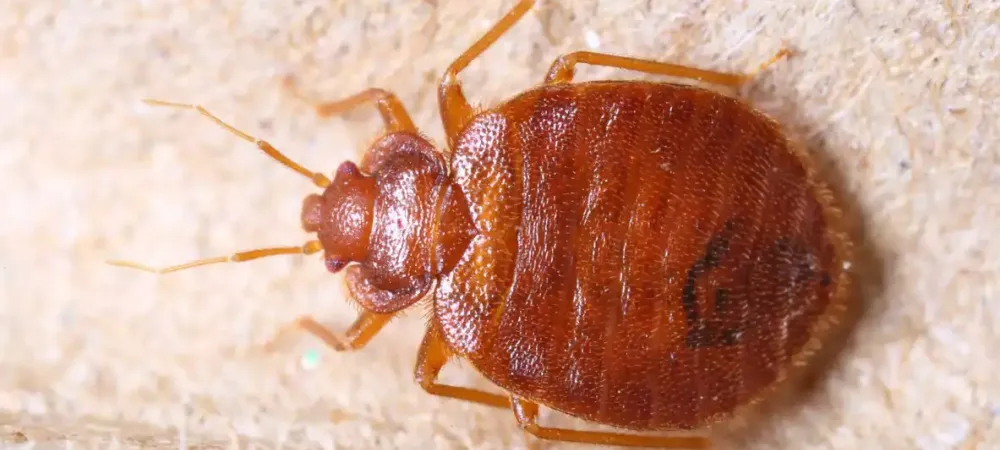A Comprehensive Guide to Bed Bug Identification and Bite Recognition

Bed bugs are notorious for being elusive pests that can easily go undetected until they become a major problem. This guide will help you understand how to identify bed bugs, where they come from, and distinguish their bites from those of mosquitoes.
What Do Bed Bugs Look Like?
Identifying bed bugs can be tricky due to their small size and nocturnal habits. Here’s what to look for:
First, their size and shape are quite distinctive. They're small and oval-shaped, roughly comparable to an apple seed. This compact form allows them to access various spaces in buildings.
Regarding coloration, they typically present a reddish-brown hue. Interestingly, this color tends to deepen after they've fed, which can be a useful indicator for detection.
While they are visible to the unaided eye, their behavior poses challenges for detection. These insects have a tendency to conceal themselves in narrow spaces, such as cracks in structures, within furniture, and along mattress seams. This hiding behavior makes thorough inspection critical for effective control measures.
Understanding what bed bugs look like is crucial for early detection. Their ability to hide in the smallest crevices makes them hard to spot unless you know what to look for.
Where Do Bed Bugs Come From?
Let's discuss how these pests spread, as it's crucial for prevention and containment strategies:
- Common Sources: We often see infestations originating from high-traffic areas. Hotels, public transportation systems, and second-hand furniture are frequent sources. These environments provide ample opportunities for the insects to find new hosts.
- How They Spread: These pests are adept at attaching themselves to personal belongings. Luggage, clothing, and other items can unknowingly become vehicles for transport, allowing them to move from one location to another undetected.
- Thriving Environments: They gravitate towards warm environments in close proximity to human hosts. This tendency makes bedrooms and living spaces particularly susceptible to infestations.
Recognizing these sources can help prevent infestations, especially when traveling or purchasing used items. Always inspect your surroundings and belongings for signs of bed bugs.
What Do Bed Bug Bites Look Like?
The identification of bed bug infestations is often complicated by the nature of their bites. These can be easily confused with bites from other insects, leading to potential misdiagnosis and delayed treatment. This confusion arises from several factors: the variability in individual reactions to bites, the similarity to other insect bites, and the often-delayed appearance of symptoms. Let's examine the key characteristics of bed bug bites:
- Bite Pattern: Bites often appear in clusters or straight lines on exposed skin. This distinctive pattern is due to the insects' feeding habits as they move along the body.
- Symptoms: Red, itchy bumps that may become swollen or inflamed. The severity of these symptoms can vary significantly from person to person, ranging from mild irritation to severe allergic reactions.
- Delayed Reaction: Unlike other insect bites, bed bug bites may not appear immediately, sometimes showing up days after being bitten. This delay can make it challenging to pinpoint the exact time and location of exposure.
While bites can be a telling sign of bed bugs, they shouldn't be your only indicator. Be sure to keep an eye out for other signs of a bed bug infestation so you can deal with the issue as quickly as possible.
Mosquito Bites vs. Bed Bug Bites
Differentiating between mosquito and bed bug bites is crucial for accurate identification and effective management strategies. While both types of bites can cause discomfort, their characteristics and implications differ substantially. Key differences include:
- Mosquito Bites: Typically raised, red, and can appear minutes after the bite. Often appear as isolated bumps and can occur anywhere on the body.
- Bed Bug Bites: Usually grouped in rows or clusters, often found on arms, legs, and neck. The itching and redness can be more intense and may take longer to develop.
Protecting yourself from these pests starts with knowledge. By understanding their appearance, behavior, and bite patterns, you can take proactive steps to keep your home bed bug-free.

